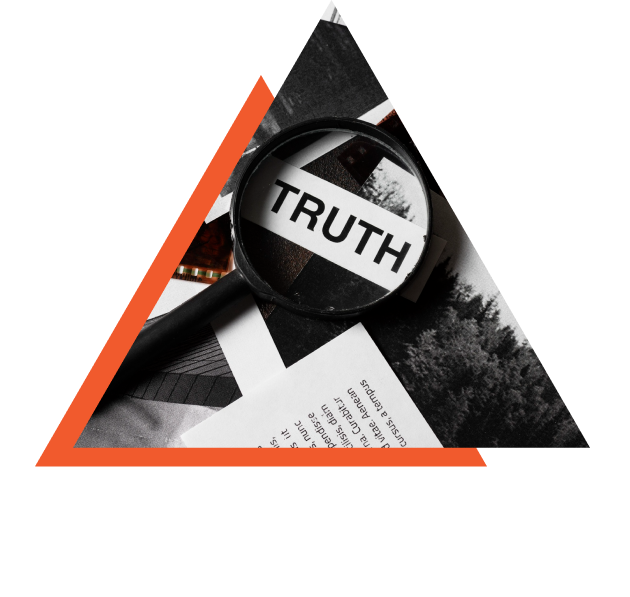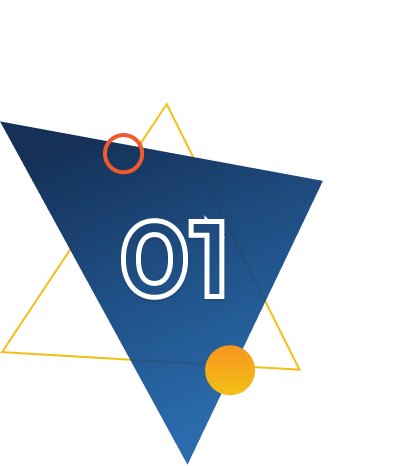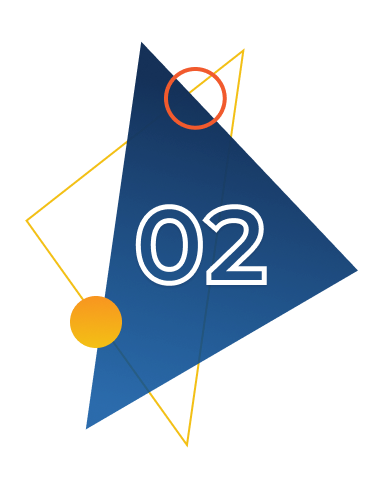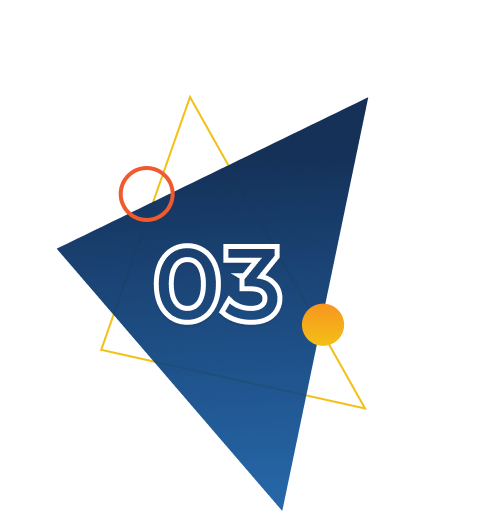
Hot leads every month, results guaranteed

Transform your sales pipeline with high-quality leads and appointments, guaranteed
Discover the power of targeted, high-quality leads that convert. MarketJoy’s unique approach to B2B lead generation combines data-driven strategies with personalized messaging to deliver leads that are not just numbers, but real opportunities.
Whether you’re a startup looking to build your customer base or an established company aiming to expand, our lead generation services are designed to help you achieve your sales goals.
Join the ranks of successful companies like Turn-Key Health, DBM Cloud Systems, and Treasury Suite who have supercharged their sales with MarketJoy. Don’t just take our word for it – see what they have to say about us below.
Not sure where to start? Take our free digital audit to identify bottlenecks in your customer acquisition pipeline and get actionable insights.
Experience a surge in your sales with our guaranteed high-quality leads tailored to your business
Benefit from our streamlined processes that ensure efficient lead gen, saving you time and resources
Leverage our data-driven strategies, expertly personalized to meet your unique business needs and KPIs



For small to medium sized-companies like yours, it got even worse with the pandemic. As customer spending went down, a reliable stream of leads became a matter of survival. And with no or limited in-house tools for sales development, you decided to outsource.
![]() We enrolled X number of contacts and sent X number of emails, we did the activities, we did not guarantee any set number of leads and it is your job to close, not ours..
We enrolled X number of contacts and sent X number of emails, we did the activities, we did not guarantee any set number of leads and it is your job to close, not ours..![]()
Sound familiar? Often, the contact information you got wasn’t even valid anymore … but that didn’t get you your money back. Not that a refund would’ve solved your outbound problem. You’d be right back where you started.

MarketJoy doesn’t buy “lists”. We strategically diversify your outbound channels and help you identify high value clients in record-time so you can focus on your core business instead of chasing it.
We’re committed to delivering results that matter

We understand the challenges businesses face in generating quality leads. As a bootstrapped company ourselves, we know the importance of delivering results. We strive to exceed expectations and provide tailored solutions that align with your business goals.

We believe in making revenue generation predictable for our clients. We provide full visibility into our internal processes, giving you insights into how we work to get you results. Our unique SQL Guarantee ensures that your investment is protected and that you see a return on your investment.

Our multicultural team brings diverse experiences to the table, allowing us to approach every project with fresh eyes and innovative ideas. Combined with our structured processes for in-house research, proprietary lead scoring model, and sales facilitation, we outperform competitors.
in 3 Simple Steps
At MarketJoy, we believe in making your journey to sales success as straightforward as possible. Here’s how you can transform your sales pipeline with us in just three easy steps

01. Take the Digital Audit
Start by taking our free digital audit. In just 5 minutes, this powerful tool will reveal the strengths and weaknesses of your current customer acquisition pipeline. You’ll receive a personalized report that provides actionable insights and recommendations. It’s the first step towards understanding where you stand and how you can improve.
02. Book a Free Consultation
Once you have your audit results, book a free consultation with our lead generation experts. We’ll discuss your audit findings, understand your business goals, and propose a tailored lead generation strategy that aligns with your objectives. This consultation is your opportunity to ask questions, gain clarity, and see how MarketJoy can transform your sales process.


03. Enjoy your Free Onboarding
With a clear strategy in place, it’s time to kickstart your lead generation journey with MarketJoy. We’ll implement the agreed-upon strategy, continuously refining it based on feedback and data to improve response rates. You’ll start seeing high-quality leads flowing into your sales pipeline, bringing you closer to your sales goals.

MarketJoy, Inc. is your go-to partner for accelerating sales growth. Specializing in tailored lead generation, we align with your unique needs to enhance your customer acquisition pipeline. With guaranteed results and a personalized approach, we empower your business to thrive, making MarketJoy an effortless extension of your team.
